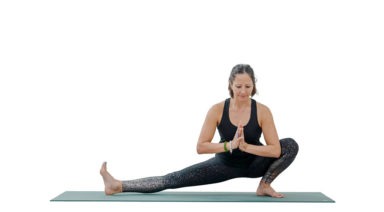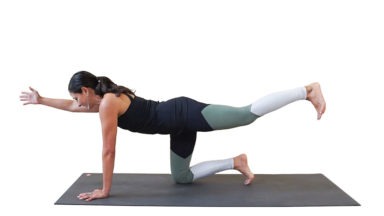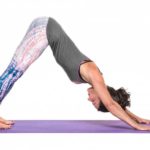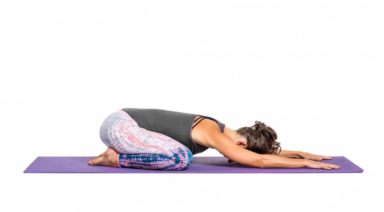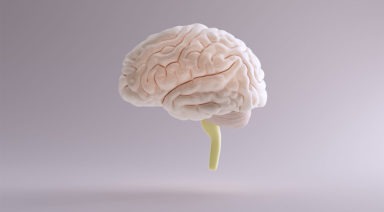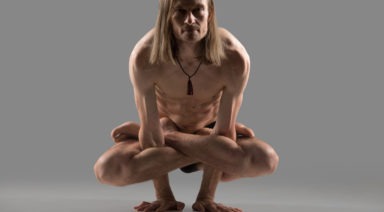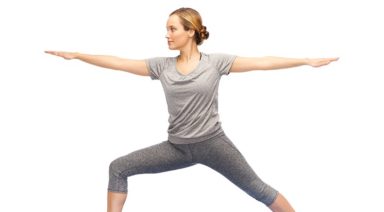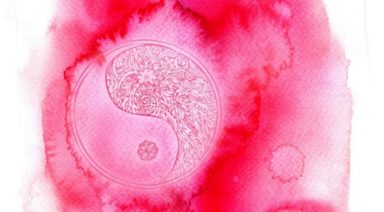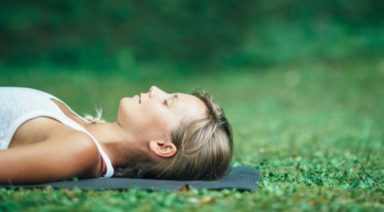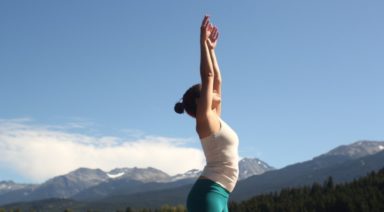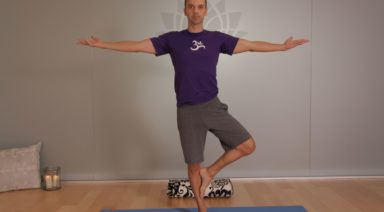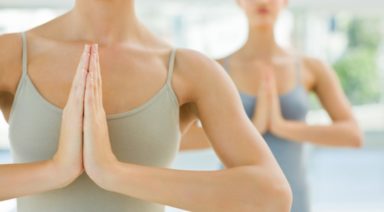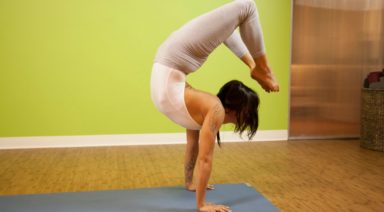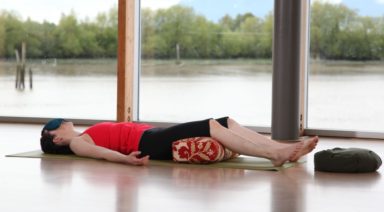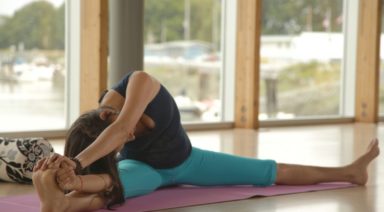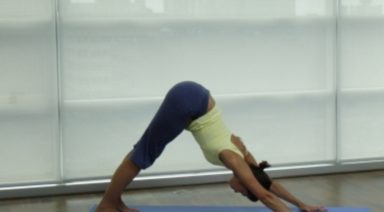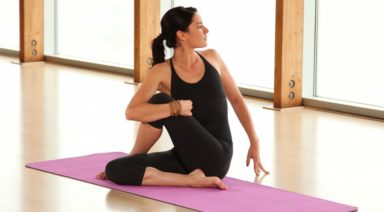Ardha Chandrasana: Half Moon Pose
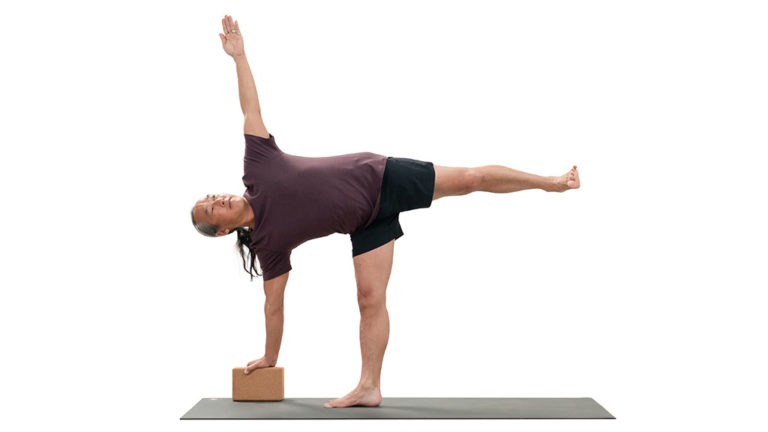
ADJUSTMENTS | BENEFITS | SEQUENCING | SANSKRIT | STEPS
Ardha chandrasana (ARE-dah chan-DRAHS-anna), or half moon pose, is a challenging balance posture. However, there are many modifications and variations to make the shape accessible to everyone.
Philosophy + Origin
The Sanskrit word “chandra” is often translated simply as “moon,” and actually has a much richer meaning. More than just the moon, the chandra refers to something that is glittering and shining, a brilliant object that is illuminated by light or emanating light on its own. In many traditional yogic texts and stories, the moon symbolizes one half of the two polar energies in the body. The moon, which is the feminine or dark aspect, is nurturing, tranquil, and receptive.
ADJUSTMENTS/MODIFICATIONS:
- Place your bottom hand on a block to help encourage proper alignment and aid balance.
- Focus your gaze down or straight ahead to prevent neck discomfort.
- Keep your standing leg bent as much as needed.
- Practice with your back body against the wall for added support and alignment cues. This is a great modification for pregnancy.
- Place the sole of your lifted foot against a wall for added balance.
STEP-BY-STEP:
- Begin in an extended triangle pose with your right foot forward. Bend your right knee and place your right fingertips on the ground or on a block about 12 to 18 inches in front of your foot.
- Shift your weight into your right foot as you draw your left foot forward along the floor. Your right kneecap should be facing straight ahead, not inward.
- Lift your left foot off the floor, pressing through the heel so that your foot stays flexed. Lengthen from your tailbone to your lifted heel.
- Square your chest toward the side of your mat that you are facing.
- Keep your weight primarily in your right leg, using your bottom hand as little as possible, primarily as a guide for balance.
- Adjust your gaze slowly, either looking down, straight ahead or up at the left hand. Work to stay in the pose for up to 60 seconds before lowering the left leg back to the floor and returning to the extended triangle. Repeat on the other side.
PREPARATORY POSES:
- Reclined hand to big toe pose | Supta padangusthasana
- Extended triangle pose | Utthita trikonasana
- Tree pose | Vrksasana
SEQUENTIAL POSES:
- Sugarcane pose | Ardha chandra chapasana
- Warrior II | Virabhadrasana II
- Side plank | Vasisthasana
COUNTER POSES:
- Head to knee pose | Janu Sirsasana
- Cow face pose | Gomukhasana
- Wide-legged forward fold | Prasarita Padottanasana
SANSKRIT:
- Ardha = half
- Chandra = moon
- Asana = pose
PHYSICAL BENEFITS:
- Expands chest and shoulders.
- Strengthens core, ankles, thighs, glutes, spine.
- Stretches groin, hamstrings, shoulders, chest.
ENERGETIC BENEFITS:
- Expands energetic bodies.
- Relieves physical, mental, and emotional fatigue.
- Reduces stress.
Legal Disclaimer Before participating in any exercise program or using any fitness products or services that may be described and/or made accessible in or through the Gaia Website and/or the Services, you should consult with a physician or other healthcare provider. Read more about Gaia’s Terms Of Use.
Skandasana: Side Lunge Pose
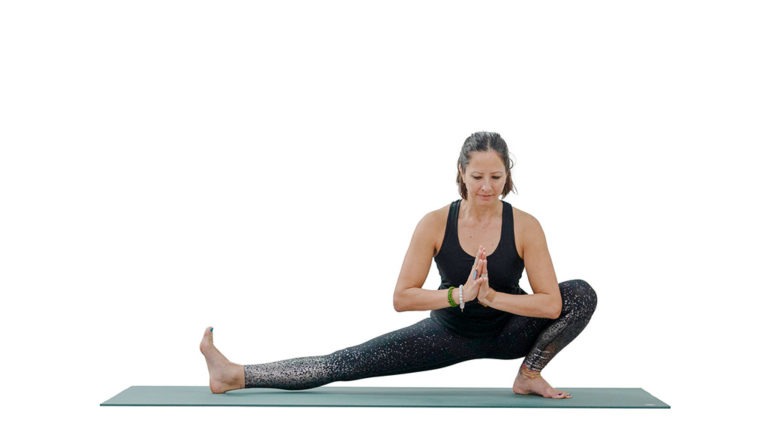
ADJUSTMENTS | BENEFITS | PREP POSES | SANSKRIT | STEPS
Side lunge is an aesthetically beautiful pose and a wonderful release for the legs and low back. This pose is sometimes referred to as skandasana.
Philosophy + Origin
Side lunge pose can be a wonderful way to begin to understand the concept of a “moving prayer,” especially when you allow the body to flow freely from one side to the other. While malas (prayer beads) are used in many spiritual practices as a way to help keep the mind engaged, repetitive physical movement can have the same effect. Whether you practice a flowing version of side lunge pose, or use the posture as part of a salutation, give your body and mind enough time to find rhythm and ease so that you can enjoy the benefits of a physical embodiment of prayer and meditation.



